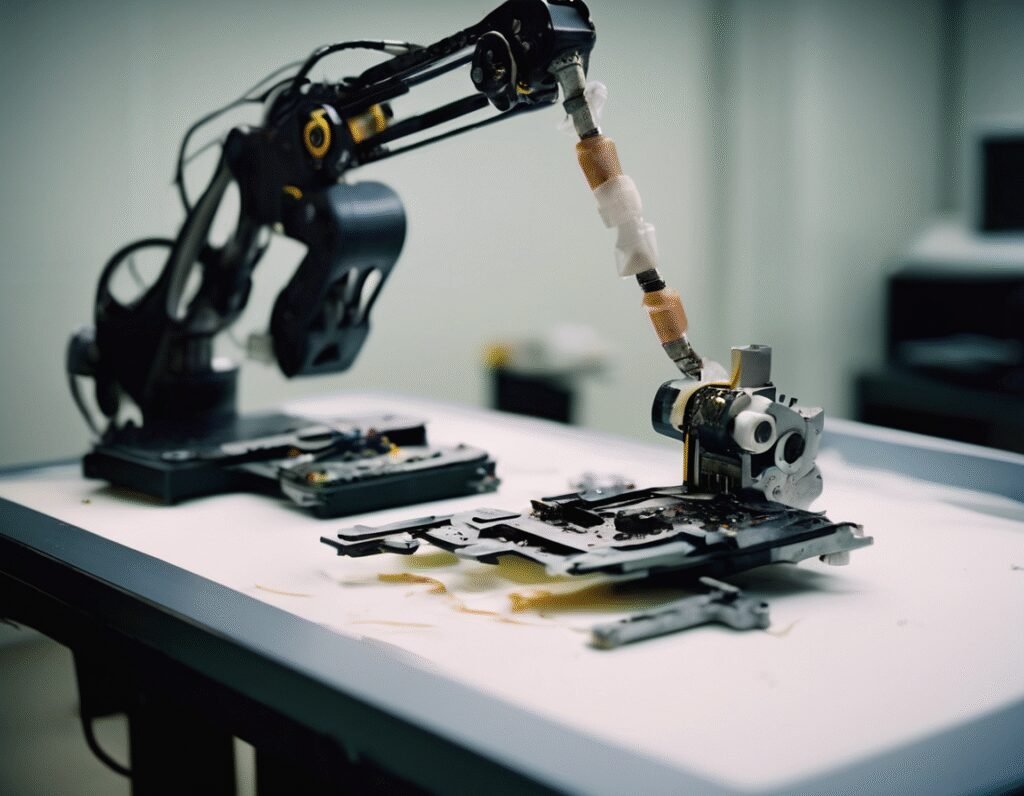Amazon AI Project to Recreate Lost Orson Welles Film Draws Ire from Estate
A new initiative by Amazon to use artificial intelligence to reconstruct the lost final act of Orson Welles’ classic film The Magnificent Ambersons is facing immediate criticism from the late director’s estate. The project, which aims to generate the missing 43 minutes of the film as Welles originally intended, was reportedly developed without the knowledge or consent of his family.
The controversy centers on the use of AI to complete a work of art by a revered and famously meticulous auteur. A spokesperson for the estate, managed on behalf of Welles’ daughter Beatrice, confirmed the family was not informed of the project and expressed clear disapproval. The move highlights the growing ethical and creative debates surrounding the use of artificial intelligence in film restoration and content creation, particularly when it involves the unfinished work of iconic artists without their heirs’ permission.
The technology behind the effort is linked to a recent Amazon investment in an AI video application called Showrunner. The CEO of that company publicly discussed the Ambersons project, framing it as an ambitious attempt to honor Welles’ vision. The original 1942 film was famously taken away from Welles by the studio, RKO Pictures, which re-edited it, reshot the ending, and ultimately destroyed the original footage. For decades, cinephiles have considered the missing material one of the great tragedies in film history.
Proponents of the AI approach argue it offers a revolutionary tool to solve historical problems like this, potentially allowing audiences to experience a version of the film closer to the director’s initial concept. They see it as an act of cinematic archaeology.
However, detractors, including the Welles estate, view it as a form of digital grave-robbing that fundamentally misunderstands the nature of authorship. They argue that an algorithm, trained on existing data, cannot replicate the creative genius, intentionality, and human touch of a director like Welles. There is also a significant legal and moral question of who has the right to alter or complete an artist’s work after their death, especially without the blessing of their descendants.
This situation places Amazon in a difficult position, caught between showcasing a flashy new technology and respecting artistic legacy. The backlash from the Welles estate suggests that even with the best intentions, deploying AI on culturally significant works without transparent collaboration with rights holders is a fraught endeavor. The incident serves as a cautionary tale for tech companies eager to merge AI with entertainment, underscoring that technological capability does not automatically grant cultural permission. The debate over who controls an artist’s legacy in the age of AI is now fully underway.


